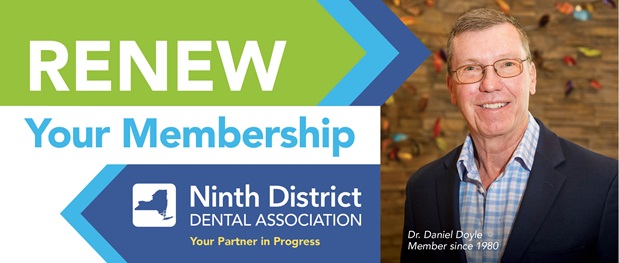GAO Highlights Reducing Health Care Spending
Per the notice below, the United States Government Accountability Office (GAO) is highlighting ideas for reducing health care spending and improving health care outcomes.
What Could Be Done to Reduce Health Care Spending and Improve Health Outcomes?
Why addressing health care spending matters
Rising health care spending affects individuals and the nation’s financial stability. Health care costs are a key driver of federal debt. Federal health programs—such as Medicare, Medicaid, and the Children’s Health Insurance Program (CHIP)—support about 147 million people. Together, these federal health programs made up about 31% of all federal program spending in fiscal year 2024. As the U.S. population ages and health care costs increase, we project that spending on federal health care programs will grow to about 8.5% of GDP in 30 years (up from 5.8% in fiscal year 2023). As costs of providing care grow, so does its impacts on our national debt and fiscal health. And despite these heavy costs, life expectancy and other measures of how our health care system is performing lag behind many other countries.
Five key areas that could reduce health care spending and improve outcomes
During our forum on health care spending, experts from government, academia, and industry identified five key areas where—if action was taken—costs could be reduced and care improved. We provided approaches in these key areas to Congress in our report as potential options for addressing this issue.

Supporting a high-functioning primary care system. Many of us receive annual checkups and nonemergency care through a primary care physician. This model of service encourages continuity of care—meaning you often see the same doctor. It also encourages coordination of care with other doctors you may see, helping to avoid some unnecessary and costly testing or services. But some experts said that primary care is under-resourced. Changing how we pay primary care doctors could create incentives for them to work better with other doctors in caring for patients with serious medical conditions. This could also help those patients avoid costly trips to the hospital.
Expanding the health care workforce. More health care workers are needed to support our nation’s growing health care needs, including increases in long-term care. Steps that could help expand the health care workforce include increasing training opportunities for primary care doctors in areas of the country where there are few doctors. Another option could be to reduce workforce regulatory constraints that limit the care certain medical professionals can provide.
Reforming health care pricing. Other countries are using strategies that we could adopt to address the high costs for some medical services and pharmaceuticals. For example, Australia and Canada use an all-payer strategy for more expensive tests, such as MRIs and CT scans. Under this price system, everyone—whether public or private insurers or individuals—pays the same amount for a test.
Reforming Medicare physician payments. Medicare is one of the largest health care programs in the U.S., with more than 67 million older Americans and people with disabilities enrolled. One concern about this program is that the current way payments for different medical services are determined incentivizes the overuse of some services and the underuse of others. Addressing this issue could result in better quality of care being provided to those enrolled in the program.
Mitigating anticompetitive incentives and practices. Health care in the U.S. is getting more consolidated. Experts said part of the challenge is the widely held belief that our health care system is fragmented and bad for patients; and that consolidation leads to more coordinated, less expensive care. But experts argued that consolidation has actually led to less competition, which can lead to higher prices. At the same time, there isn’t much conclusive information about health care consolidation and its impacts. Providing policymakers with that information would help them find ways to improve competitiveness.
These are just some of the changes that could help address the growing cost of health care and improve quality of care in the United States. To learn more about what our experts said, check out our full report.










.png?sfvrsn=4447de7f_1)

















